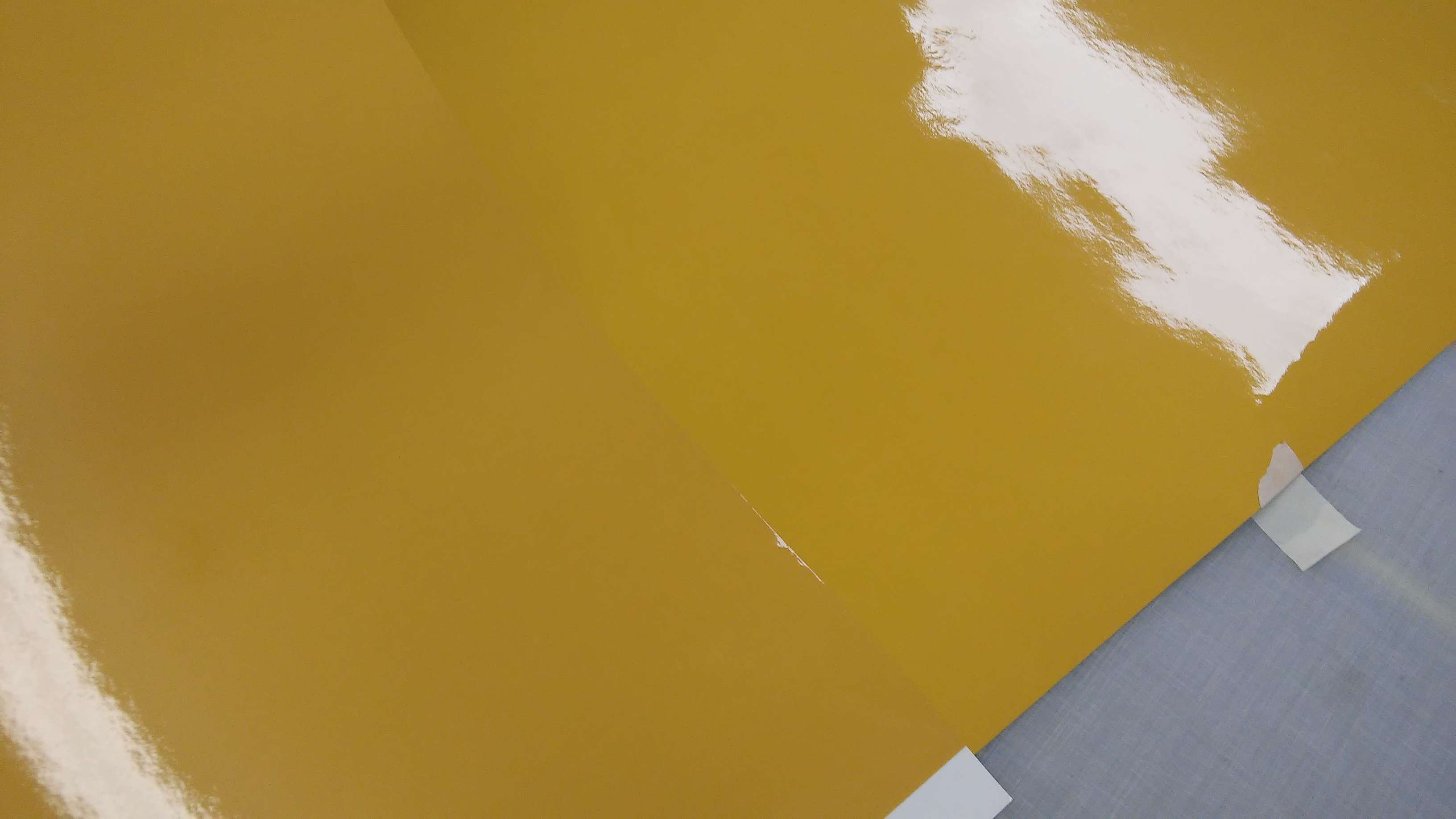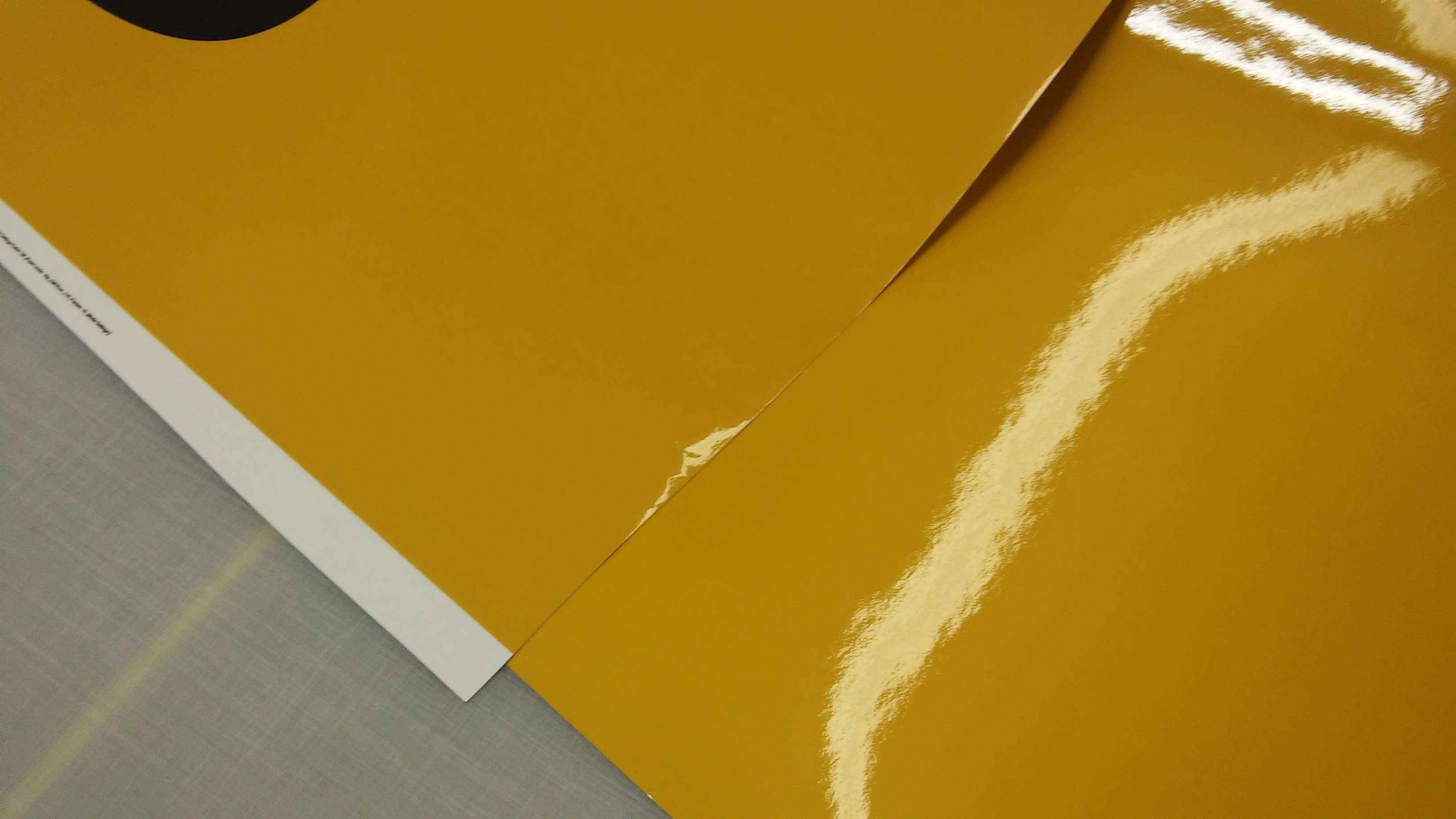NathanSignWorks
New Member
Hi guys,
So I'm a print tech at a wrap company and we've been have problems with color shifts in panels for a few months now while printing wraps. I've tried everything I know of to get this issue resolved with no success. We are using Onyx 12.1 and are running a latex 360 and 365 and printing on IJ180CV3 and lamming with 8518. My designer is panelling in Illustrator and then saving to PDF. The room environment is controlled with the average temp being between 72 and 75 degrees. The humidity averages 35 to 45% I've tried running head cleanings between each print, alignments, color calibrations, and nothing works. HP sent a tech out for 3 days and he could not fix the issue. It's happening across both our Latex so we thought it might be a power issue, so we ran new power to each 220 and put them all on their own breaker in a separate box. I've asked my owner for an Eye1 so we can build our own profiles instead of using the crap that comes with the printer, but he is dragging his feet on this. Has anyone come across this, and how did you solve it?


So I'm a print tech at a wrap company and we've been have problems with color shifts in panels for a few months now while printing wraps. I've tried everything I know of to get this issue resolved with no success. We are using Onyx 12.1 and are running a latex 360 and 365 and printing on IJ180CV3 and lamming with 8518. My designer is panelling in Illustrator and then saving to PDF. The room environment is controlled with the average temp being between 72 and 75 degrees. The humidity averages 35 to 45% I've tried running head cleanings between each print, alignments, color calibrations, and nothing works. HP sent a tech out for 3 days and he could not fix the issue. It's happening across both our Latex so we thought it might be a power issue, so we ran new power to each 220 and put them all on their own breaker in a separate box. I've asked my owner for an Eye1 so we can build our own profiles instead of using the crap that comes with the printer, but he is dragging his feet on this. Has anyone come across this, and how did you solve it?


